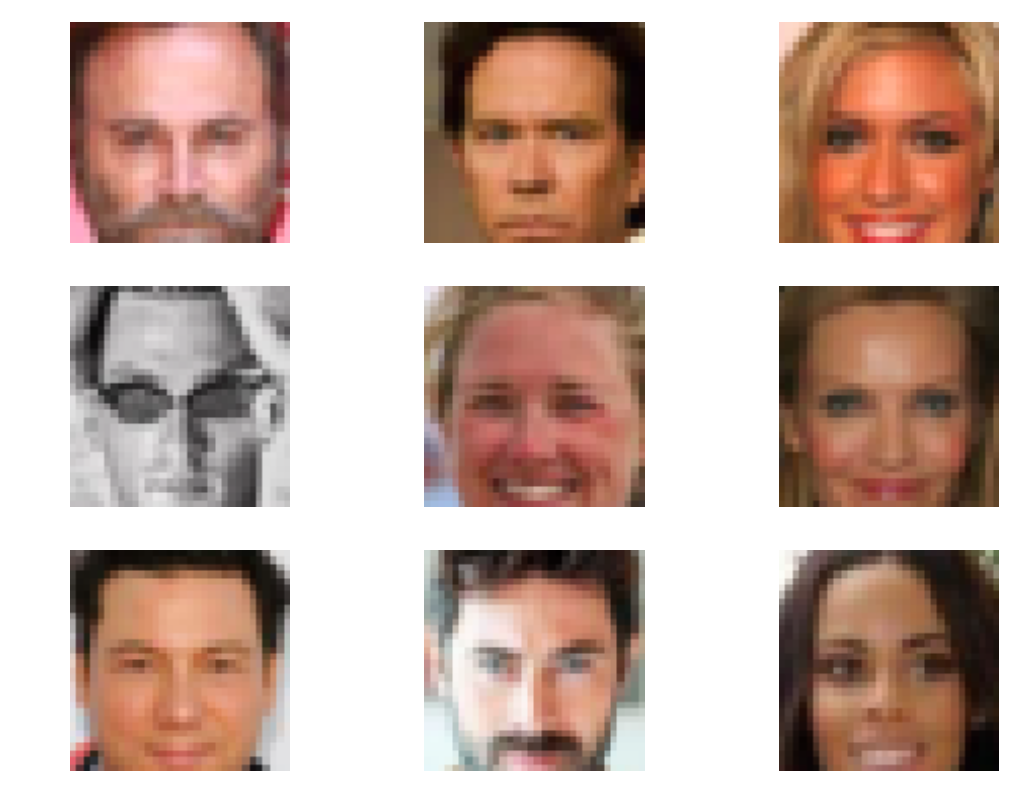Generating Steganographic Images via Adversarial Training
Adversarial training was recently shown to be competitive against supervised learning methods on computer vision tasks, however, studies have mainly been confined to generative tasks such as image synthesis. In this paper, we apply adversarial training techniques to the discriminative task of learning a steganographic algorithm. Steganography is a collection of techniques for concealing information by embedding it within a non-secret medium, such as cover texts or images. We show that adversarial training can produce robust steganographic techniques: our unsupervised training scheme produces a steganographic algorithm that competes with state-of-the-art steganographic techniques, and produces a robust steganalyzer, which performs the discriminative task of deciding if an image contains secret information. We define a game between three parties, Alice, Bob and Eve, in order to simultaneously train both a steganographic algorithm and a steganalyzer. Alice and Bob attempt to communicate a secret message contained within an image, while Eve eavesdrops on their conversation and attempts to determine if secret information is embedded within the image. We represent Alice, Bob and Eve by neural networks, and validate our scheme on two independent image datasets, showing our novel method of studying steganographic problems is surprisingly competitive against established steganographic techniques.
PDF Abstract NeurIPS 2017 PDF NeurIPS 2017 Abstract

 CelebA
CelebA